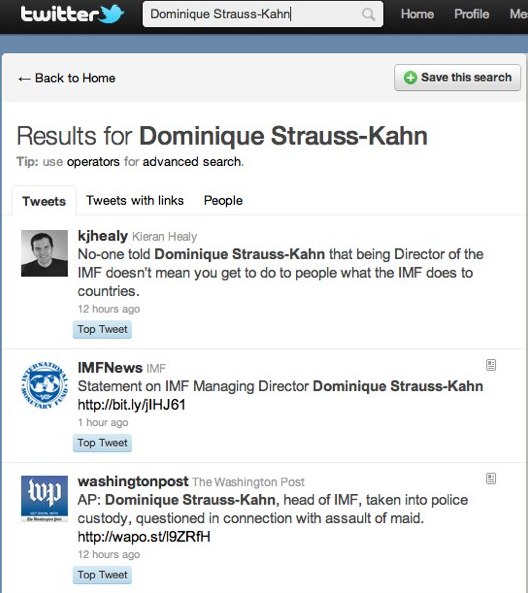Some remarkable logic on display in the Washington Post ombudsman’s defense of Jennifer Rubin’s notorious jihadism in Norway post.
bq. There are other reasons I got so many e-mails on Rubin; they have much less to do with terrorism and tragedy and more to do with modern technology and partisan politics. Liberals and conservatives don’t talk to each other much anymore; they exist in parallel online universes, only crossing over to grab some explosive anti-matter from the other side to stoke the rage in their own blogosphere. The liberal blogosphere, propelled by tweets, picked up Rubin’s piece and spread it around rapidly, helped by a trifecta of posts from theatlantic.com. … This brings us back to the shootings in Norway, an act committed by a disturbed man who drew some of his inspiration from extremist Web sites. A blogosphere given to vitriol and hasty judgments ought to consider the possible consequences of its own online attacks.
If I understand the logic of this column correctly, the ombudsman, one Patrick Pexton, thinks something like the following.
(a) Bloggers are partisan and don’t usually engage with people on the other side. In this sense, they are rage-filled extremists.
(b) Breivik was partly inspired by rage-filled, extremist websites.
(c) _Therefore,_ rage-filled extremist leftwing bloggers ought to consider their own culpability, and shut the hell up about Jennifer Rubin.
I can’t remember the term for this logical fallacy (it’s of the ‘all cats have fur – all dogs have fur – therefore all cats are dogs’ variety). No doubt someone who, unlike me, took Philosophy 101, will inform me in comments within moments of publication. But an awful lot of work is being done by the elasticity of the notion of rage-stoking extremism here. And this is not to mention the intimation that James Fallows and Ta-Nehisi Coates are rage-filled hatebloggers …
However, there is a serious point to be extracted from this muddle. Which is that discussions of online extremism often tend to confuse two, quite different forms of extremism (here, I think Cass Sunstein’s work has had quite some problematic consequences). One is not really extremism at all – it is common or garden partisanship. That is, it is plausible that online interactions makes vigorous partisanship (in which you perceive yourself as in competition with the other side, perceive little value in direct intellectual exchange with them etc) more prominent, either because it makes it easier for partisans to find each other and organize, makes people’s partisanship stronger through mutual reinforcement, or both. Here, though, there is a crucial moderating influence. Partisans are engaged in political contention through _electoral competition._ This (as Nancy Rosenblum argues) has a substantial moderating effect – in the end, they need to win votes by influencing people if they want to succeed. This also leads to all kinds of indirect learning. The second is _actual_ extremism, where people are potentially willing to abandon democratic politics and pursue violent means to achieve political ends. Here, there is no such moderating influence.
There is _no necessary reason_ to believe that the former necessarily leads to the latter. In the US case, the online forces that push towards partisanship on the left tend overwhelmingly push against the other kind of extremism. There is no effective contact between e.g. MoveOn or the Daily Kos on the one hand, and the various subgroups and splinters who are more enthusiastic about violence on the other. When the latter try to influence the former, they get mobbed and repelled. The right is a quite different matter – there are dense social ties between online partisans and anti-Muslim bigots and crazies claiming that universal dhimmidom is right around the corner.
Pexton’s suggestion that leftwing bloggers need to think carefully about whether they too will inspire the mass-murder of scores of teenagers doesn’t deserve a serious response in itself. But it is worth looking at as a specific manifestation of a more pervasive intellectual confusion between two different forms of ‘extremism,’ one of which is not in fact a form of extremism at all.
